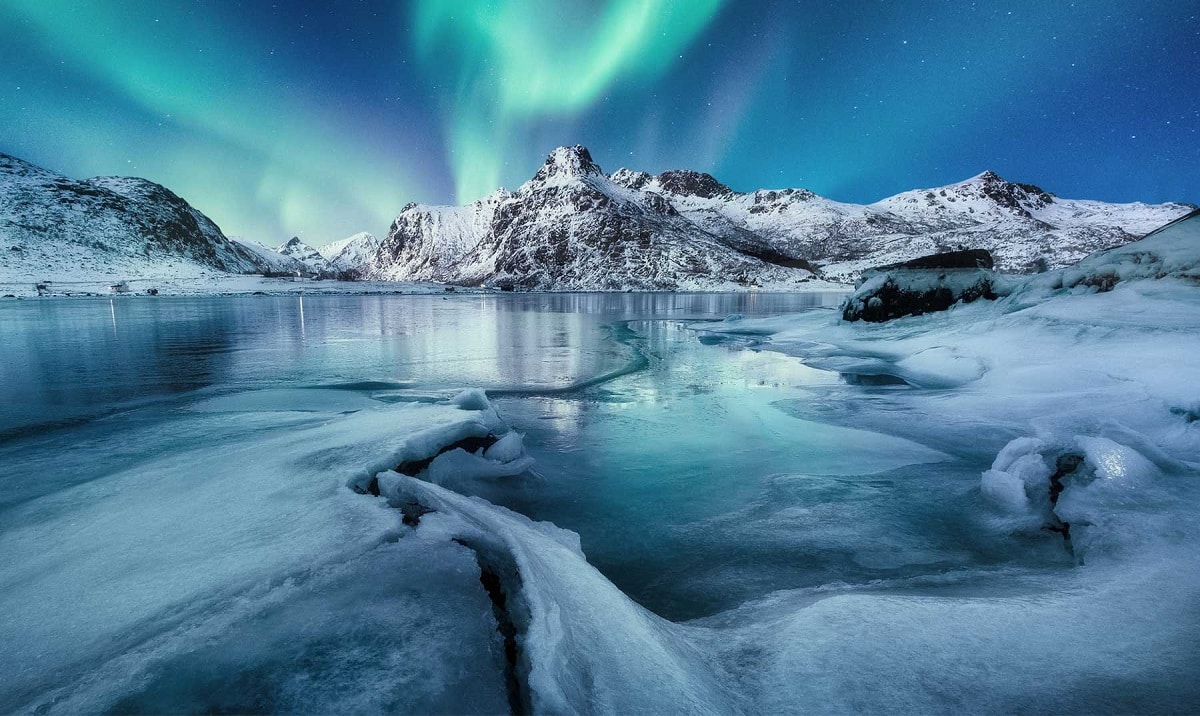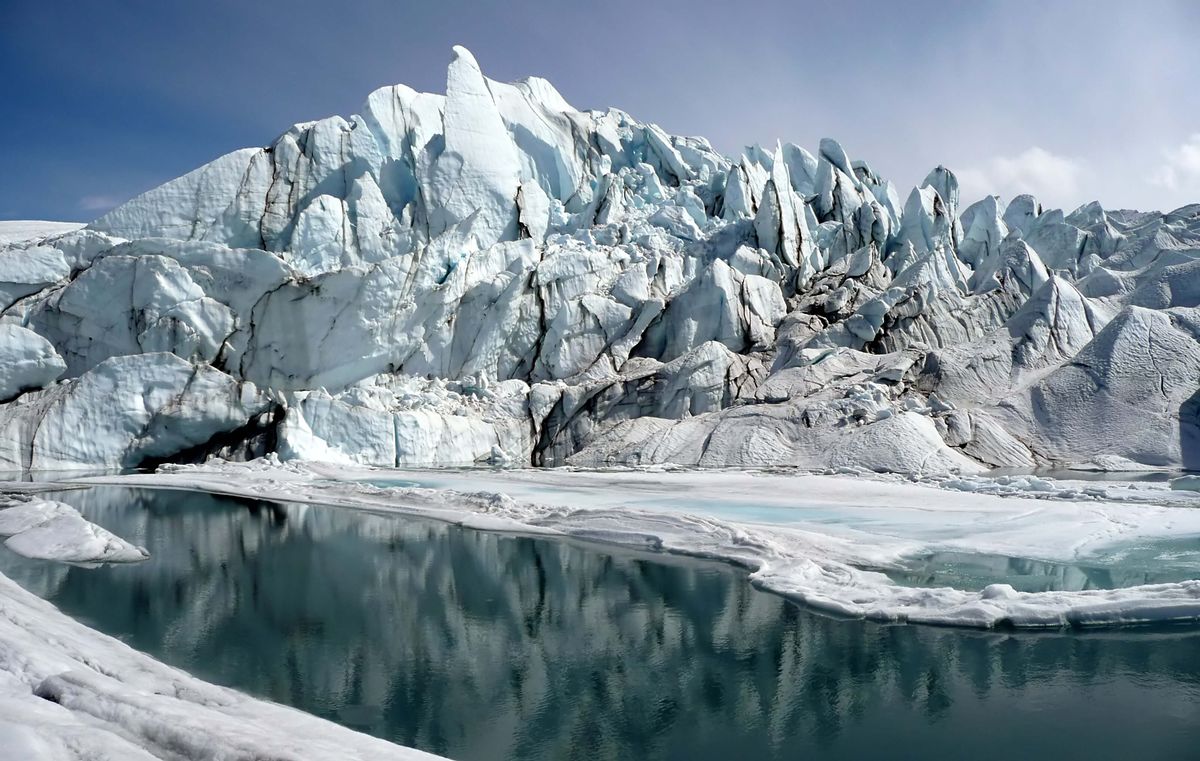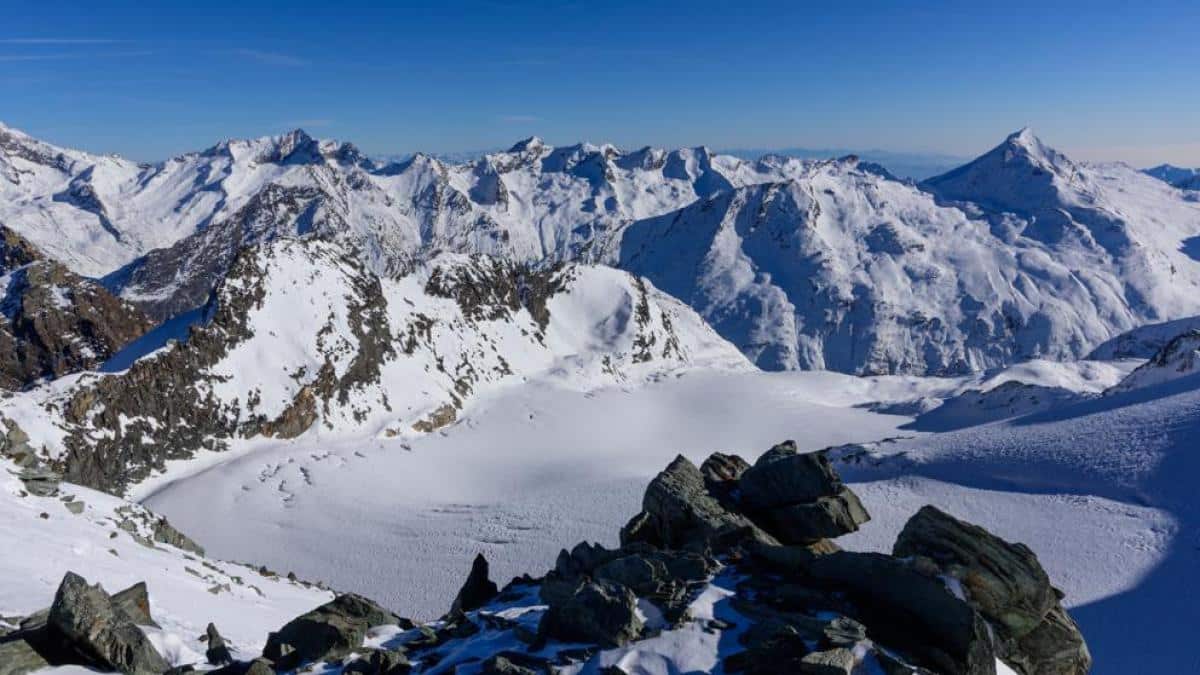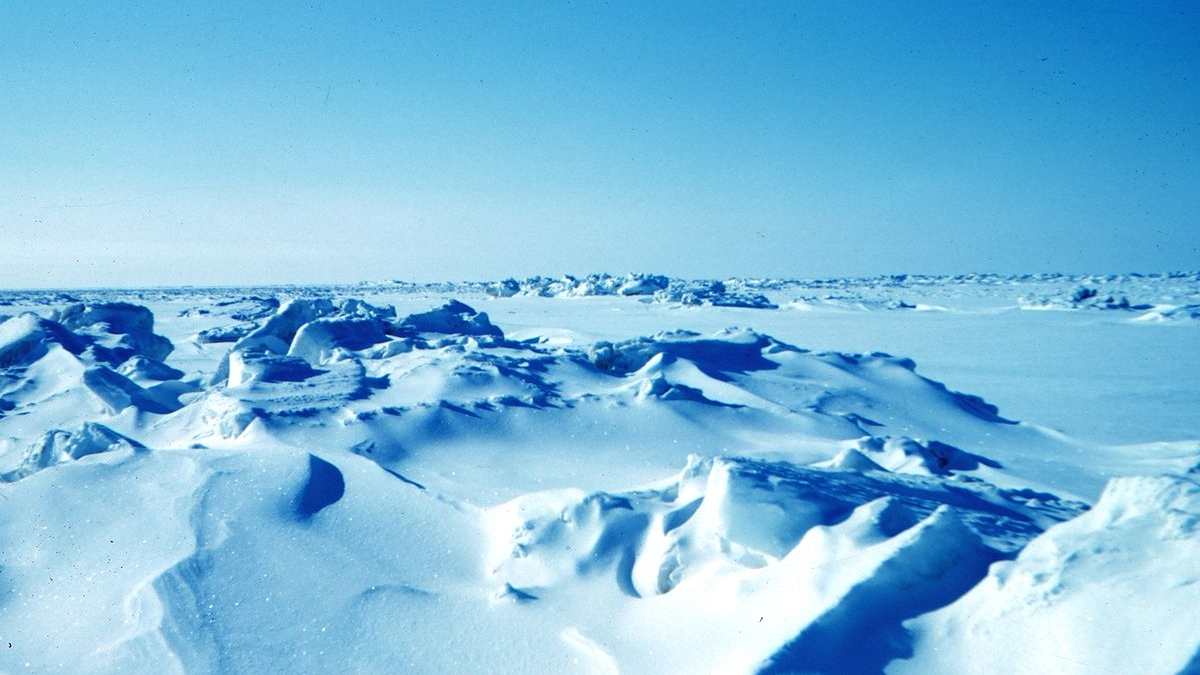
It is called glaciation ice ages, ice age or ice age these geological periods occur during intense cooling of the earth's climate, which in turn leads to the freezing of water, the expansion of polar ice blocks and the appearance of continental ice. During these periods the flora and fauna have to adapt to the new environments.
In this article we are going to tell you what the main ice ages have been, what their characteristics, causes and consequences are.
what are ice ages

They are periods of variable duration (generally prolonged: tens of millions of years) in which life must adapt to dry and cold climates or perish. They can dramatically alter the geographic, biological and climatic structure of the planet.
Ice ages can be divided into glacial periods, periods of increasing cold, and interglacial periods, periods of receding cold, and increasing temperatures, although still within the logical limits of the long-term cooling of the Earth.
The Earth has experienced numerous periodic glaciations, the last of which began 110.000 years ago. It is estimated that our entire civilization developed and lived during the interglacial period that began 10.000 years ago.
ice age history

The Quaternary Ice Age occurred during the Cenozoic Neogene. Although currently only 10% of the Earth's surface is covered by ice, we know that this is not always the case. The glaciations throughout the geological history of the Earth have left identifiable traces, so today we know five great glacial periods, which are:
- Huron Ice Age. It began 2.400 billion years ago and ended in the Paleoproterozoic geological era 2.100 billion years ago.
- Sturtian-Varangian glaciation. It gets its name from the low-temperature Neoproterozoic period, which began 850 million years ago and ended 635 million years ago.
- Andean-Saharan Glacier. It occurred between 450 and 420 million years ago, in the Paleozoic (Ordovician and Silurian), and is the shortest known.
- Karoo Glacier. It began 360 million years ago and ended 100 million years later, in the same Paleozoic (Carboniferous and Permian).
- Quaternary glaciation. The most recent, which began 2,58 million years ago in the Neogene period of the Cenozoic era, will end now.
The Earth was a snowball
The global ice age, superglacial or "snowball" of the Earth is a hypothesis about what happened during the Neoproterozoic period of low temperatures, during which one or more glaciers would have been produced worldwide, covering the entire Earth with a dense layer of ice, and lowering its average temperature to -50°C.
It is estimated that this phenomenon (framed in the Sturtian-Varangian Ice Age) lasted around 10 billion years, the largest ice age in Earth's history, and led to the almost complete extinction of life. However, its authenticity is a matter of debate in the scientific community.
Little ice age
The name refers to a period of severe cold that occurred on Earth from the XNUMXth to the mid-XNUMXth century. A particularly hot period known as the best climate of the Middle Ages (XNUMXth to XNUMXth centuries) ended.
It is not exactly a glaciation, far from it, and geologically speaking, it has a very short life. In any case, it is divided into three phases, marked by the lowest temperature drop: 1650, 1770 and 1850.
effects of ice ages

Glaciation creates a special type of erosion in the rock. The main impacts of the Ice Age can be divided into three categories:
- Geology. The glaciation created a special type of erosion in the rocks, either by cooling, by the pressure of the ice or by weathering, creating a very specific landform in the rocks of its time.
- Chemicals. The resulting ice cores exist as permanent snow in many cases (such as on top of many tall mountains) due to isotopic changes in the water, making it a heavier mass than usual. This results in higher evaporation and melting temperature of the water.
- Paleontology. These drastic changes in temperature and climate are often accompanied by mass extinctions, which produce large amounts of organic matter, produce huge deposits, and leave behind vast amounts of fossil evidence. Furthermore, animals unable to adapt to the cold flee to the tropics, creating glacial refuges and large-scale biogeographical movements.
Causes of ice ages
The causes of ice ages can be varied and controversial. Some theories suggest that they are due to changes in the composition of the atmosphere that limit the input of thermal energy from the sun, or minimal changes in the Earth's orbit.
On the other hand, May be due to movement of tectonic plates: if the continents get closer to each other, closing space to the ocean, its interior becomes drier and warmer, reducing the evaporation margins. However, if the continents were to spread apart and move apart, there would be more water to cool and keep global temperatures stable.
ice age animals
Animals that survived the changes of the Ice Age and adapted to life in frozen wastelands often had very specific characteristics: thick layers of fur and fat that protected their bodies from the cold inside, metabolic adaptations to cold and drought, and a high-calorie diet.
However, by looking at the main animal species of the last ice age, it is possible to understand the specific ways each species responded to the cold, such as:
- Woolly mammoth. Lucky elephants have adapted to the cold, and their bodies are covered in layers of wool up to a meter long, and their teeth can crush the hard shell of frozen vegetation. They live up to 80 years.
- Saber-toothed tiger. These powerful predators were shorter, heavier and thicker than lions, with 18-centimeter-long tusks that could open their jaws 120 degrees when biting, all to keep them effective on the then-frozen plains of the hunt.
- woolly rhinos. The predecessors of today's rhinos, their huge bodies were covered in wool and weighed up to 4 tons. Its horns and skull were stronger and bulkier, and it could burrow through the snow in search of food.
I hope that with this information you can learn more about the different ice ages and their characteristics.